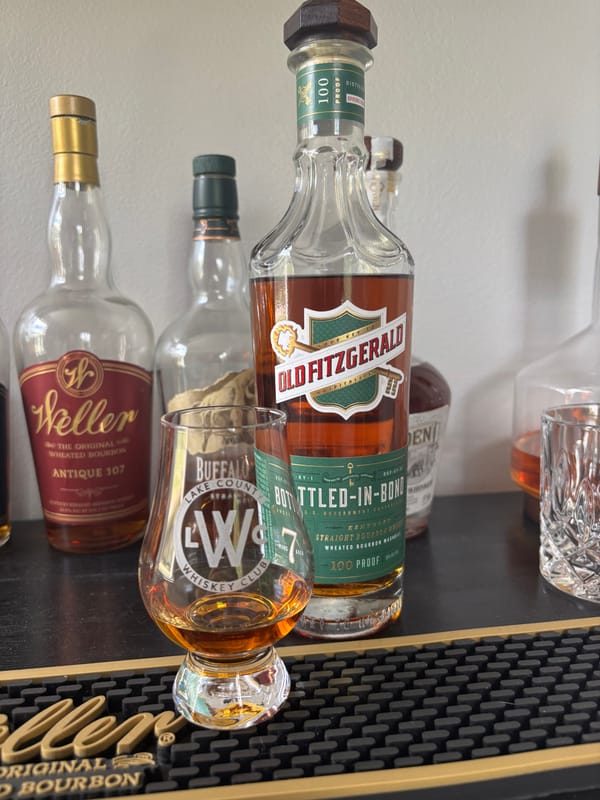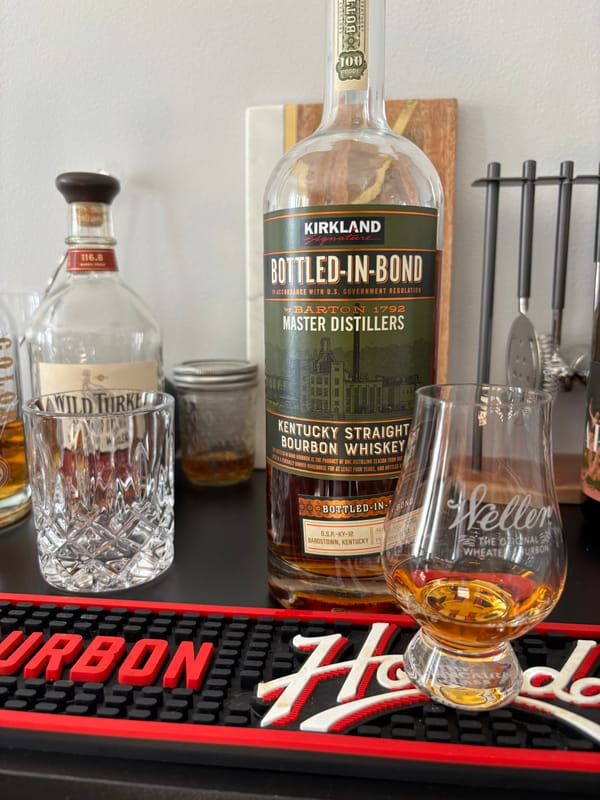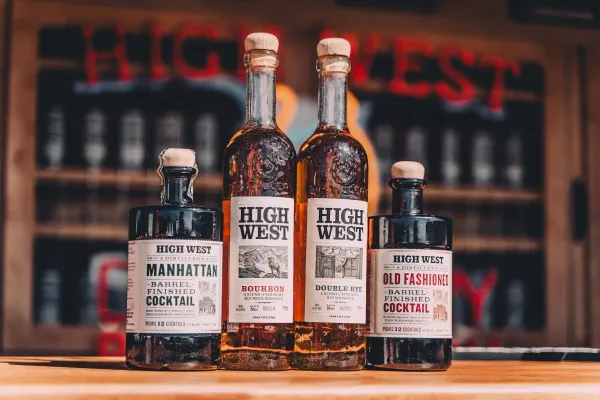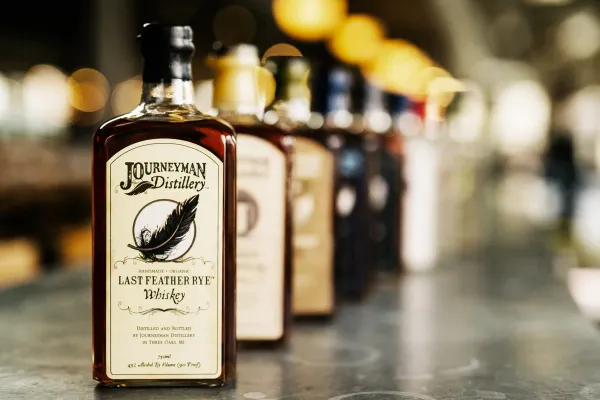How Whiskey Is Actually Made (The Secrets Distilleries Won’t Tell You)

Whiskey seems simple—just grain, water, and time—but the process is a science and an art that turns basic ingredients into liquid gold. Knowing how it’s made unlocks a deeper appreciation for every sip, and it’s not as mysterious as distilleries might want you to think. Here’s the step-by-step breakdown, packed with real facts, that’ll make you a whiskey expert by the last pour.
It starts with grain. Bourbon uses at least 51% corn, rye whiskey 51% rye, and Scotch 100% malted barley, per U.S. Code of Federal Regulations (27 CFR § 5.22) and Scotch Whisky Regulations 2009. Corn adds sweetness, rye brings spice, and barley offers maltiness—distilleries like Buffalo Trace keep exact mash bills secret, but corn-heavy recipes (70-80%) dominate bourbon, per Whisky Advocate (2022). Grains are milled into a coarse flour called grist to expose starches.
Next comes mashing. The grist mixes with water—often local, like Kentucky’s limestone-filtered springs—and heats to 150-170°F, converting starches to fermentable sugars, per The Spirits Business (2021). This mash, a porridge-like mix, varies by region—Scotch malts barley on a kiln floor, sometimes with peat smoke, while bourbon cooks corn in open tanks. It takes 3-5 hours, and water quality shapes flavor; Ireland’s triple distillation starts with soft water, per Irish Whiskey Association (2022).
Fermentation follows. Yeast—wild or cultured—eats the sugars, producing alcohol and carbon dioxide over 2-5 days, per Craft Spirits Magazine (2021). Bourbon ferments at 8-10% ABV in steel tanks, Scotch at 7-9% in wooden washbacks, per Whisky Advocate (2022). Sour mash, used by Maker’s Mark, adds old mash to control pH—70% of U.S. bourbon uses this, per the Kentucky Distillers’ Association (2022). The result is a beer-like wash.
Distillation turns wash into spirit. Pot stills—copper, traditional in Scotland—run twice for Scotch (e.g., Glenfiddich, 21% ABV after), while column stills dominate bourbon (e.g., Jim Beam, up to 80% ABV), per The Whiskey Wash (2021). Triple distillation, standard for Irish like Jameson, hits 84% ABV, smoothing it out, per Distiller.com (2020). Cuts—heads, hearts, tails—separate the good stuff (hearts) from harsh ends; bourbon’s heart is 60-70% ABV before barreling.
Aging is where whiskey becomes whiskey. New charred oak for bourbon (law since 1938) adds vanilla and caramel fast—Buffalo Trace ages 6-8 years for $25, per Breaking Bourbon (2022). Scotch reuses oak (ex-bourbon or sherry) for 3+ years—Glenfiddich 12 ($50) takes 12, per Whisky Advocate (2022). Kentucky’s heat speeds aging 2-3 times faster than Scotland’s cool dampness, according to the Kentucky Distillers’ Association (2022). Barrels lose 2-4% yearly to the angel’s share, per The Spirits Business (2021).
Bottling finishes it. Most whiskeys dilute to 40-50% ABV—Knob Creek 9 ($35) stays at 100 proof—some chill-filter to remove haze, per Distiller.com (2021). From grain to glass, it’s chemistry, climate, and craft—no magic, just method. Want to taste the process in action? Check out NEAT: Whiskey Finder—it’ll help you track down the best bottles near you.





